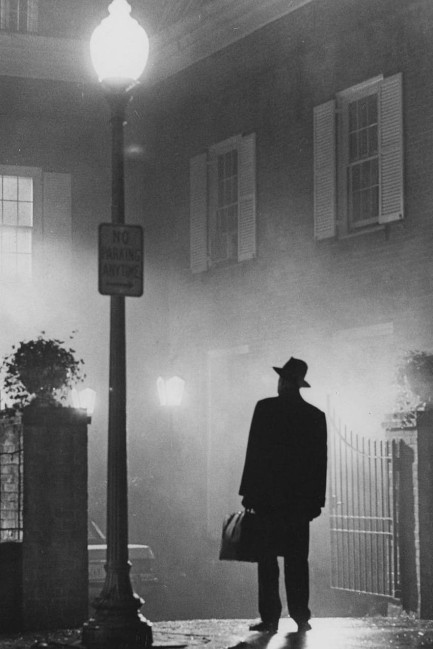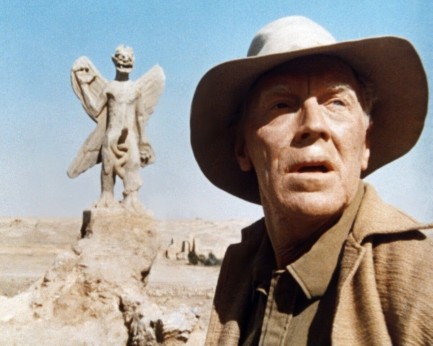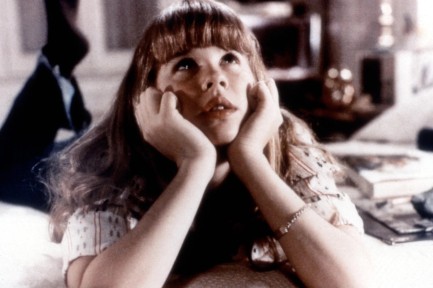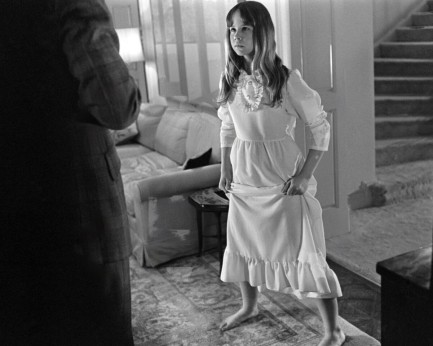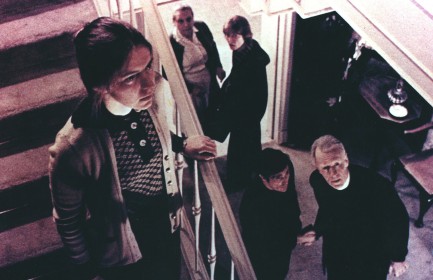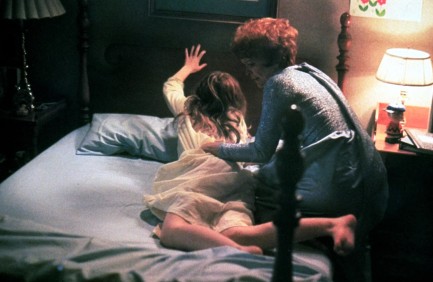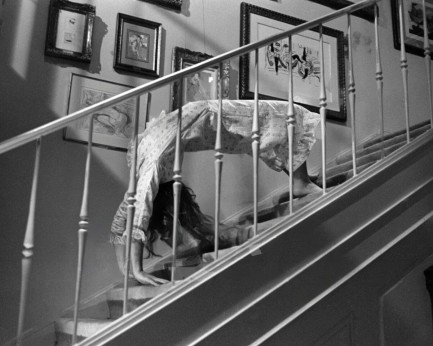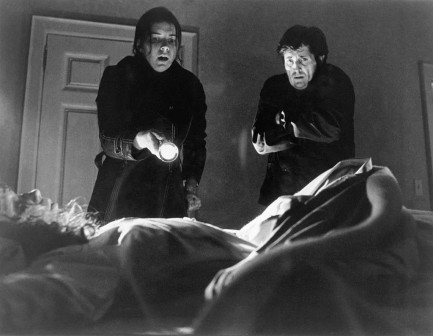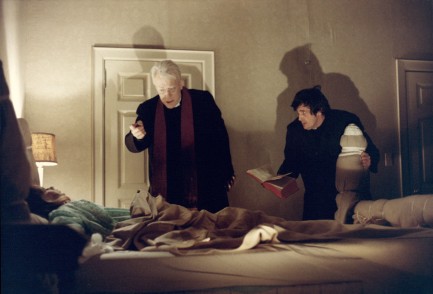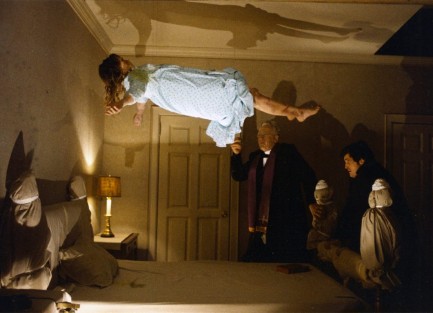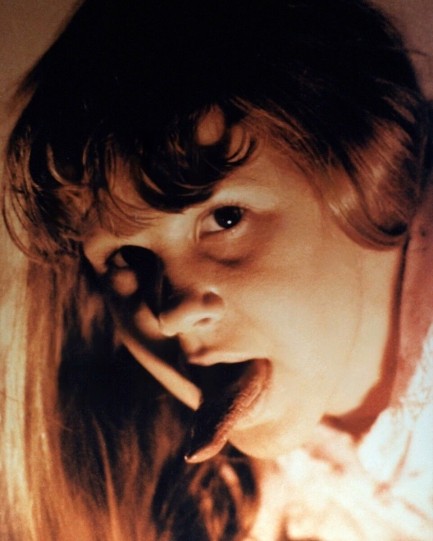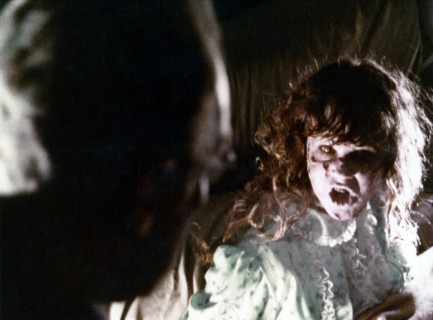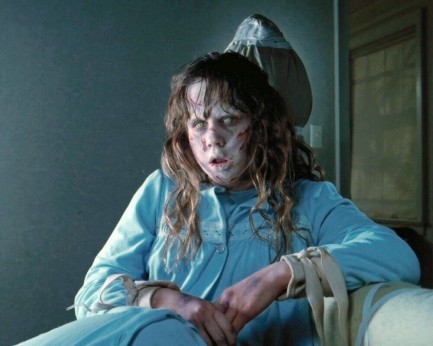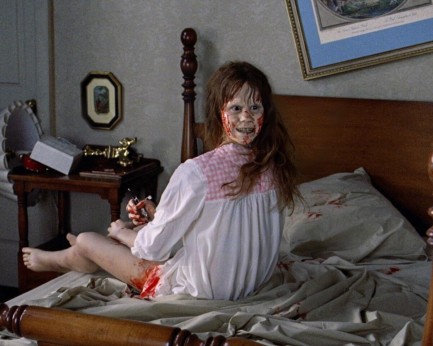| Modern Pulp | Feb 21 2019 |

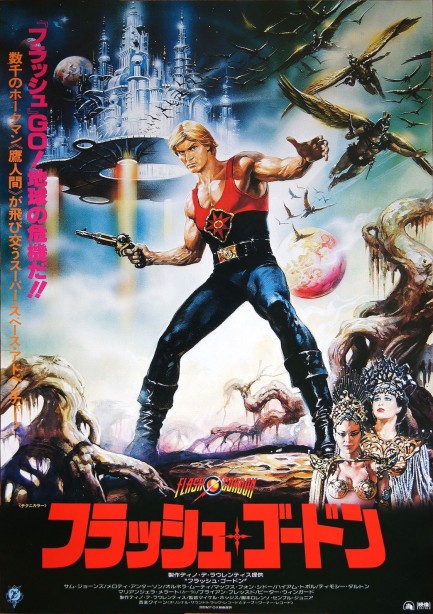
| Vintage Pulp | Dec 26 2008 |

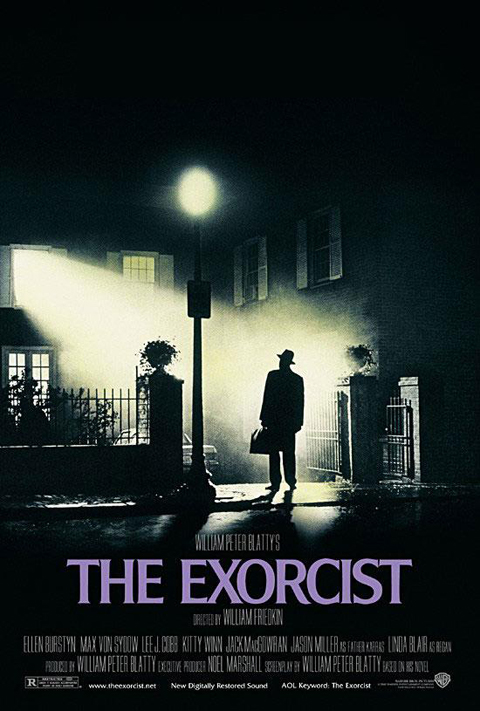
It was released today in 1973, and it implanted into happy holiday audiences enough nightmare material to last seven lifetimes. Half its tricks have since been stolen by other films, and the other half can’t be—because they can’t be shot legally on American soil anymore. The scene in which Linda Blair stabs her own nether regions repeatedly with a crucifix would make it past neither the test audiences nor the deciders in Hollywood’s executive suites. And even if it did the moral police at the MPAA would slap an NC-17 on it. That’s one of the reasons we love the 70s so much—what was produced then was uniquely daring and artistically viable.
Even though The Exorcist was based on a William Peter Blatty novel that sold like a billion copies, its success was surprising. It scored two Oscar nominations—one for director William Friedkin and another for Best Picture. It was beaten in both categories by The Sting, in a decision that marks something of a watershed for the Academy’s own artistic viability. Not that The Sting wasn’t good—it was. But history has made its judgment now, and few would argue that, of the two films, The Exorcist hasn’t been more influential, more imitated and, ultimately, more beloved.